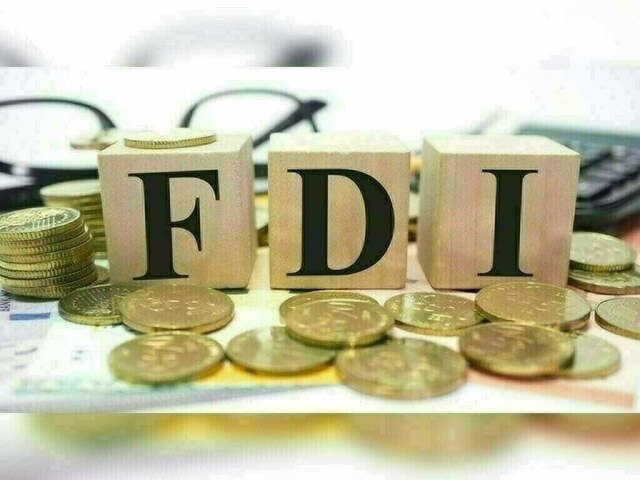By BR Research
Repatriation of profits and dividends on foreign direct investment (FDI) from Pakistan surged to $248.8 million in May 2025, reflecting a sharp 141% increase month-on-month. This marks the second-highest monthly outflow in FY25 after the exceptional spike in April 2024. However, on a year-on-year basis, repatriation declined 72%, mainly due to an unusually high base in May 2024.
According to the State Bank of Pakistan (SBP), the total repatriation for the first eleven months of FY25 reached $1.99 billion—up 17% from the same period last year. The rise is notable given the tight foreign exchange reserves and ongoing economic stabilization efforts, signaling greater freedom for multinationals to remit earnings amid relative exchange rate stability.
The manufacturing sector remained the top contributor, accounting for $29.9 million in May and $564 million cumulatively in 11MFY25—registering a 33% year-on-year increase. The sectoral spike was largely led by energy, insurance, retail, and ICT sectors. The electricity, gas, steam, and air conditioning supply sector saw a notable jump in May to $56.4 million, a more than fivefold increase from April. Meanwhile, the financial sector led overall repatriation for the year with $313 million, though it posted a 27% decline compared to last year.
Notably, May saw the reappearance of the mining and quarrying sector, which recorded $50.5 million in outflows after no activity in April—likely reflecting delayed payments or clearance issues resolved during the month.
The top seven sectors collectively accounted for 98.5% of total repatriated profits in the fiscal year to date. This concentration underscores the dominance of a few industries in generating consistent foreign investor returns.
The broader trend, as illustrated by the SBP’s monthly data, indicates that Pakistan is gradually easing restrictions on foreign exchange repatriation. This follows nearly a year of suppressed outflows during FY23 due to acute dollar shortages. However, the resurgence in outflows also raises concerns about the sustainability of reserves, especially as import bills climb and external buffers remain thin.
While the uptick in repatriation may boost investor confidence in the medium term, it also reflects the continued challenges of retaining foreign earnings in the local economy. Policymakers may need to balance between offering a liberal investment climate and managing pressures on the balance of payments. Economists stress that sustained high levels of profit repatriation could impede the government’s efforts to stabilize reserves and foster economic growth. Addressing investor concerns through robust regulatory frameworks, enhancing ease of doing business, and stabilizing the macroeconomic environment could potentially alleviate these pressures and attract renewed FDI inflows.
As Pakistan approaches the close of FY25, policymakers must balance the imperative to maintain investor confidence with the critical need for retaining foreign capital within the country to support sustainable economic recovery.
